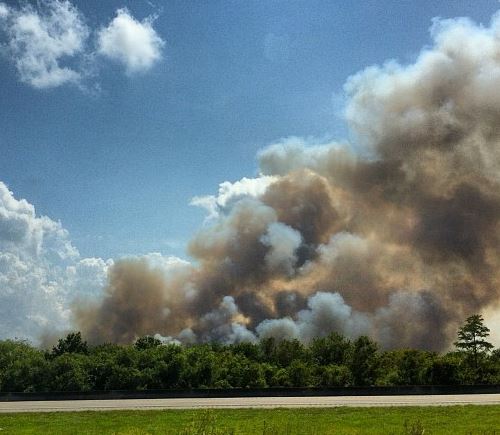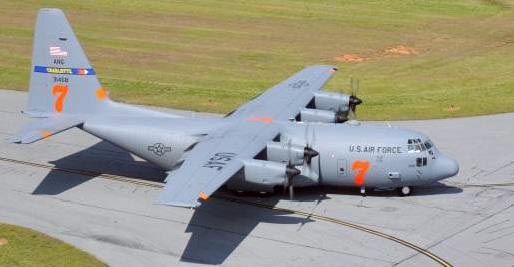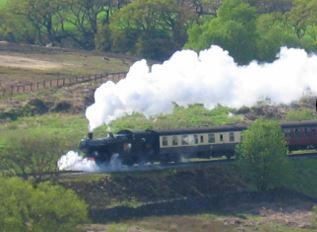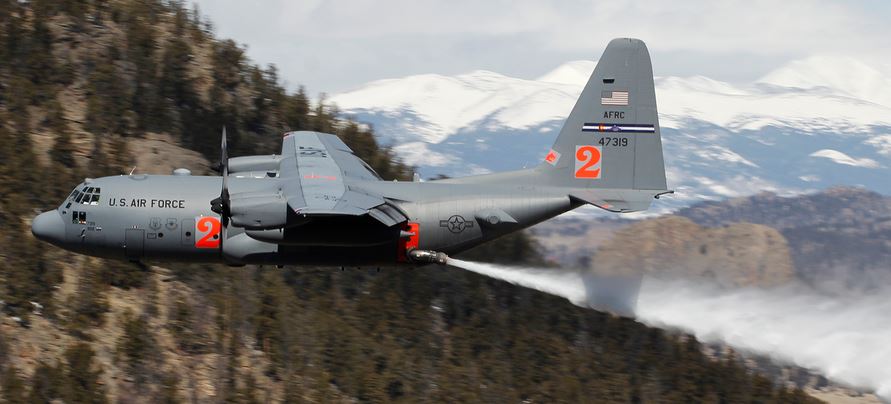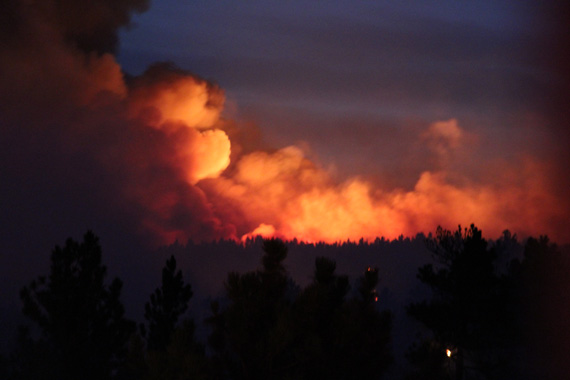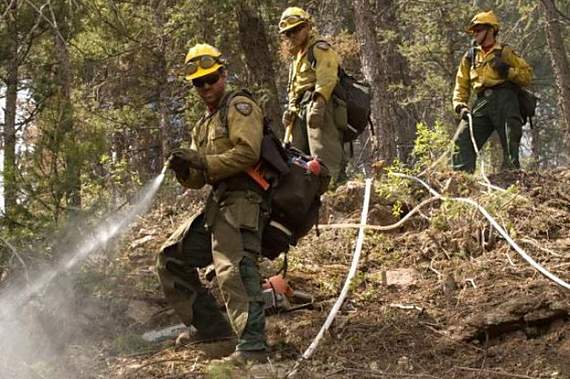Smokejumping into pot
Smokejumpers who parachuted into the Rogue River-Siskiyou National Forest in Oregon to suppress a lightning-caused fire discovered a marijuana plantation in the Applegate area on Monday.
The jumpers reported the garden, and Jackson County sheriff’s spokeswoman Andrea Carlson said law enforcement officers hiked in to the area and seized two guns and more than 1,000 small marijuana plants. Carlson said it appeared to be an operation run by Mexican drug gangs.
In addition to the pot, the garden had fertilizer, PVC piping, and a great deal of trash.
Military and civilian agencies conclude fire training at Camp Pendleton
Five military, law enforcement, and fire agencies concluded their annual wildfire training at California’s Camp Pendleton Thursday. Here are some excerpts from the Union Tribune:
Marine Corps units from Camp Pendleton and 3rd Marine Aircraft Wing joined sailors from Navy Region Southwest, and units from Cal Fire and the San Diego County Sheriff’s Department for this week’s sixth annual wildfire training exercise.
Cal Fire signed an agreement with the Navy in 2004 and the Marine Corps in 2007, and the three agencies began holding annual three-day training exercises in 2008.
On Thursday, the third and final day of the exercise, helicopters filled 300-plus-gallon buckets by dropping them into Lake Pulgas, then emptied the massive containers over a marked spot in the hills. The battle against the simulated fire included ground crews and bulldozer operations, an added component to the training.
More good news for local residents is the Marine Corps has two more CH-46 helicopters at its disposal for potentially fighting fires than in the past. Last year, just one of the helicopters was available, because the others were deployed, Lt. Col. Dana Gemmingen said. This year, up to three CH-46 helicopters could be available, he said.
Lightning today
As this is written at 1:06 p.m. MT, I am hearing thunder in the Black Hills of South Dakota. Darren Clabo, the South Dakota State Fire Meteorologist, wrote the following this morning when describing a frontal passage expected today:
…The forecasted combination of relative low RHs, favorable fuel characteristics, a chance of lightning, and shifting winds may lead to problematic fire weather conditions this afternoon. This is not a Red Flag Warning day but conditions still warrant a heads-up.
Other western states experiencing lightning right now include Colorado, New Mexico, Arizona, Utah, Montana, and Texas.
Lessons Learned Center web site back up
The web site of the Wildland Fire Lessons Learned Center was down for part of this week, leaving wildfirelessons.net and myfirecommunity.net inoperable for three days — Monday through Wednesday. It is back up, but not at 100 percent capability. They are still making some repairs.
Farm workers fired for fleeing California wildfire
Fifteen strawberry pickers who were fired last week for fleeing when a large wildfire was burning nearby, have been rehired.
MAFFS training concludes in Cheyenne
Training and recertification for Air National Guard Modular Airborne FireFighting Systems (MAFFS) C-130 crews from Wyoming and North Carolina concluded today. Below is a photo of one of the four aircraft. We have more photos over at Fire Aviation.

Forest Service report spotlights fire risk for homes on the edge of wildlands
In a recently released report, U.S. Forest Service researchers noted that about 90 percent of fuel reduction treatments on national forests were effective in reducing the intensity of wildfire while also allowing for better wildfire control.
The report, “Wildfire, Wildlands, and People: Understanding and Preparing for Wildfire in the Wildland-Urban Interface,” synthesizes the latest research and provides examples of what communities in the wildland-urban interface can do to reduce their risk by becoming “fire adapted.” Aimed at community planners, the report also underscores the important roles that homeowners and local, state, and federal governments play in reducing risk and describes available tools and resources.
Department Secretaries to visit NIFC
The Secretaries of Interior and Agriculture, Sally Jewell and Tom Vilisack, will visit the National Interagency Fire Center Monday. Ms. Jewell was recently confirmed in her new position and supervises the Bureau of Land Management, National Park Service, Fish and Wildlife Service, and the Bureau of Indian Affairs.
Fire in Florida
Stefan Willett of Daytona, Florida, aka @bassking511, just tweeted the following photo with the hashtags #jupiter and #fl. He described it as “huge fire off the highway”.
Update: check out the recent articles at Fire Aviation
- Conversion of Coulson’s C-130 nearing completion
- Ten things to know about MAFFS, military air tankers
- Changes integrated into MAFFS training at Cheyenne
Thanks go out to Kelly, Andy, and Barry.

